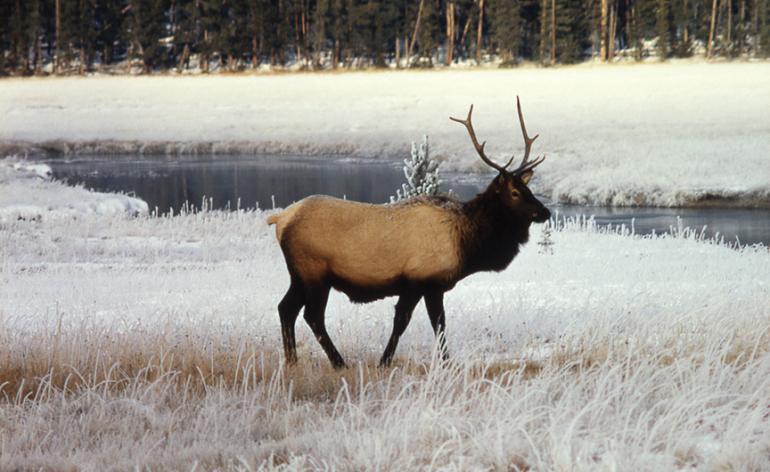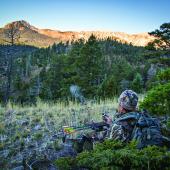The Game is Afoot
Falling leaves, shorter days, and that certain chill in the air are all signs of the seasons changing. At Montana Fish, Wildlife & Parks, “seasons changing” takes on a different meaning altogether.
Season Setting
Deciding the number of deer, elk, and antelope that can be legally harvested in a given hunting district isn’t a guessing game for FWP; it’s just one of many questions answered through a collaborative biennial season-setting process. That process is guided by biologists and wardens who gather input from hunters, landowners, outfitters, and other interested parties. For the 2014 and 2015 hunting seasons, that process began in mid-August of this year with open houses held around the state followed by a public comment period. Those comments, along with biologists’ population and habitat data, help shape formal proposals that will be presented to the Fish & Wildlife Commission in December and presented again to the public for input in January.
Adjusting the Wolf Season
With wolves considered a species “in need of special management,” wolf hunting and trapping seasons are addressed by the Fish & Wildlife Commission separately from big-game species each year. In July, several changes to the upcoming seasons were adopted by the commission, including an extension of the hunting season so that it runs September 15 through March 15, 2014 (the trapping season’s start and end dates remained Dec. 15 through Feb. 28, 2014). The bag limit was also increased to five per person in any combination of wolves taken by trapping or hunting (only one may be taken by an individual hunter or trapper in any of the three wolf-management units adjacent to the national parks). No statewide quota was established, but there are quotas in those same wolf management units mentioned above.
Help Avoid Unintended Captures
In other news, the Fish & Wildlife Commission recently expanded the required setbacks for trapping furbearers (on ground sets) on a number of high-use recreational trails on public land in the Bozeman and Livingston area to 500 feet. Since trapping occurs in the winter months, the trails used for trapping are popular with cross-country skiers and other winter recreationists (i.e., Hyalite). The goal of this change is to minimize incidental captures of both dogs and protected wildlife species. Meanwhile, for the safety of your pet, other recreationists, and wildlife, it’s important you always have voice control over your dog. If that’s not possible, it’s time for a leash.
Andrea Jones is the FWP Region 3 Information and Education Program Manager.











